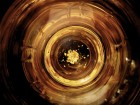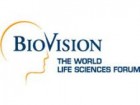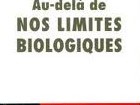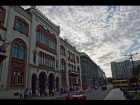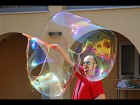Professor Radman has been honoured for his discoveries in the field of the molecular mechanisms of DNA damage repair and their role in carcinogenesis and evolution and for the discovery of the mechanism that enables the bacterium Deinococcus radiodurans to \"come back to life\" in a few hours by repairing and reorganizing its genetic material.
Lateral view of bdelloidea, a rotifer. These tiny organisms are naturally resistant to aging and dying, researchers able to take them from their natural marine environments to \'die\' before being \'resurrected\' when immersed in water again... Increasing life expectancy is probably the biggest threat facing humanity around the globe, bigger even than climate change,” said Thomas Kirkwood, professor at the Institute for Ageing Health at Newcastle University, UK, at Biovision, the 7th World Life Sciences Forum in Lyon, France.
Miroslav RADMAN Élu Membre le 15 octobre 2002. Alredy member: EMBO member (1978), Croatian Academy of Sciences and Arts (1992), Academia Europaea (1998), French “Académie des Sciences” (full member, 2002), The New York Academy of Sciences (1993), American Association for the Advancement of Science (1992), French Genetics Society (Scientific Council), American Environmental Mutagen Society (1993) ; Scientific Council of the Institut Curie in Paris (1985-89), Commission of European Communities; Scientific Panel Committe for Life Sciences (1991), National Coordinator of the Genome Program “Genetic Instabilities associated with Repeated DNA Sequences”(1994).
Au-delà de nos limites biologiques Les secrets de la longévité Miroslav Radman est l’un des papes de la biologie moléculaire, l’un des plus grands explorateurs des mécanismes de la réparation de l’ADN. Professeur de biologie cellulaire à la faculté de médecine de l’université René-Descartes, membre depuis 2002 de l’Académie des sciences...
I am impatiently longing for a much better life of the humankind.
Ja ne bih, iz poštovanja prema osobama, išao hijerarhijom jer znam da ću pogrešit nešto nego ću ić sadržajno...
Scientists in Croatia have created probably some of the world's biggest soap bubbles to attract children to science.
Page 2 of 2

